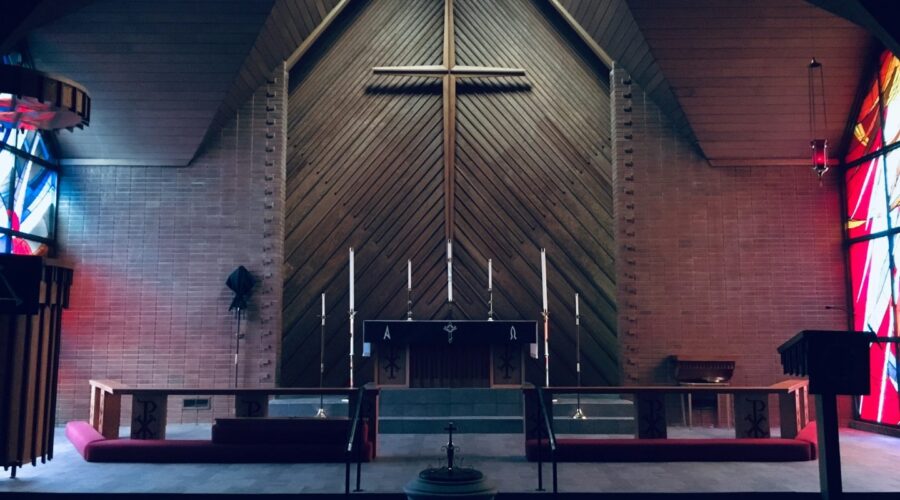Your cart is currently empty!
Unveiling Saint Peter’s Basilica: An Architectural Masterpiece and Sacred Site

Introduction
Nestled in the heart of Vatican City, Saint Peter’s Basilica stands as a magnificent architectural marvel and a sacred pilgrimage site for millions of Catholics worldwide. Designed by the legendary Renaissance architects Donato Bramante, Michelangelo, Carlo Maderno, and Gian Lorenzo Bernini, this basilica is an epitome of ecclesiastical art and grandeur.
History and Construction
Early Basilica
The history of Saint Peter’s Basilica traces back to the 4th century AD when Emperor Constantine I commissioned the construction of a basilica over the traditional burial site of Saint Peter, the first Pope. Dedicated in 326 AD, this early basilica served as a sacred space for centuries.
Renaissance Reconstruction
By the 15th century, the original basilica was in dire need of repairs. In 1506, Pope Julius II initiated an ambitious reconstruction project, entrusting Bramante with the task of designing a new basilica. Bramante envisioned a centrally planned structure, inspired by the Pantheon.
Michelangelo’s Contributions
After Bramante’s death in 1514, Michelangelo took over the project. He revised Bramante’s concept, creating a design with a vast dome and a Latin cross plan. Michelangelo’s dome remains a defining feature of the basilica and is one of the largest and most iconic domes in the world.
Later Additions
In the 1600s, Carlo Maderno extended the basilica’s nave and added a grand façade. Gian Lorenzo Bernini designed the majestic colonnade that frames Saint Peter’s Square, creating an awe-inspiring approach to the basilica.
Architectural Highlights
Facade
The imposing façade of Saint Peter’s Basilica is 114 meters wide and 45 meters high. It features a central portico flanked by two bell towers and crowned by a balustrade with statues of Christ and the apostles.
Nave and Transepts
The immense nave, measuring 186 meters long and 27 meters wide, is supported by massive pillars and decorated with frescoes, mosaics, and sculptures. The transepts, which extend from the sides of the nave, create a vast cross-shaped floor plan.
Dome
The dome of Saint Peter’s Basilica is a architectural marvel. Soaring to a height of 138 meters, its double shell design provides both structural stability and a magnificent interior. The interior is adorned with shimmering mosaics depicting biblical scenes and saints.
Apse
The apse, located at the eastern end of the basilica, is the most sacred space. It houses the Chair of Saint Peter, a relic believed to have been used by the first Pope.
Art and Interiors
Sculptures
Saint Peter’s Basilica is home to an impressive collection of sculptures. Notable works include Michelangelo’s “Pietà” and Bernini’s “Apollo and Daphne” and “Ecstasy of Saint Teresa.”
Mosaics
The basilica’s interior is adorned with thousands of square meters of intricate mosaics. These mosaics depict biblical scenes, religious figures, and architectural motifs, creating a vibrant and awe-inspiring atmosphere.
Paintings
The basilica also houses a number of important paintings, including works by Caravaggio, Raphael, and Guido Reni.
Pilgrimage and Significance
Saint Peter’s Basilica is a major pilgrimage site for Catholics worldwide. Devotees come from far and wide to visit the tomb of Saint Peter and to experience the sacred atmosphere of this magnificent basilica.
Visiting Saint Peter’s Basilica
Practical Information
– The basilica is open daily for visitors.
– Entry to the basilica is free of charge.
– Dress code is required (no shorts or sleeveless tops).
– Guided tours are available.
– The climb to the dome is well worth the effort for panoramic views of Rome.
Tips for Visitors
– Arrive early to avoid crowds, especially during peak season.
– Allow ample time to explore the basilica and its many chapels.
– Take advantage of the audio guides to learn more about the history and art of the basilica.
– Consider visiting during special events, such as papal Masses or canonizations.
Conclusion
Saint Peter’s Basilica stands as a testament to the enduring power of faith, artistic genius, and architectural innovation. Whether you are a devout pilgrim or an art enthusiast, a visit to this magnificent basilica is an unforgettable experience that will leave a lasting impression.